#enhydra lutris
Explore tagged Tumblr posts
Text

Nestled, watercolor, 2025
5K notes
·
View notes
Text

A northern sea otter (Enhydra lutris kenyoni) hauled on the ice in Alaska, USA
by Gregory "Slobirdr" Smith
#northern sea otter#sea otter#otters#mustelids#enhydra lutris#enhydra#mustelidae#carnivora#mammalia#chordata#wildlife: alaska#wildlife: usa#wildlife: north america
255 notes
·
View notes
Text

Sea otter (Enhydra lutris) resting with with pup, Cordova, Alaska. May. Endangered.
Photographer: Gerrit Vyn
#gerrit vyn#photographer#sea otter#otter#animal#mammal#wildlife#enhydra lutris#cordova#alaska#endangered species#nature
110 notes
·
View notes
Text







youtube
お食事タイムは見られなかったけど、自由にしてる姿もあまりにもラッコで楽しかった
毛むくじゃらのよく回る丸太たちよ
鳥羽水族館
I love these hairy spinning logs.
Toba Aquarium
52 notes
·
View notes
Text

Sea Otter | Rob Wallace
17 notes
·
View notes
Text
Sea Otter (Enhydra lutris)

Sea Otter mothers will dedicate almost all their times taking care of their pups (only leaving momentarily to search for food). Until the pups mature and ready to be independent (minimum of 6 months), mothers will usually carry their pups on their belly, sometimes grabbing them by the neck and swimming away when threatened. Mothers will also blow air into the pups fur to make them buoyant. When the mothers need to find food, they will keep their pups entangled and attached to kelp strands to keep them in place.
#sea otter#Enhydra lutris#animal facts#humanized guide to animals#animals#digital art#artists on tumblr#gijinka#humanization#humanized version#personification#personified animals#xinnamoon art
6 notes
·
View notes
Text
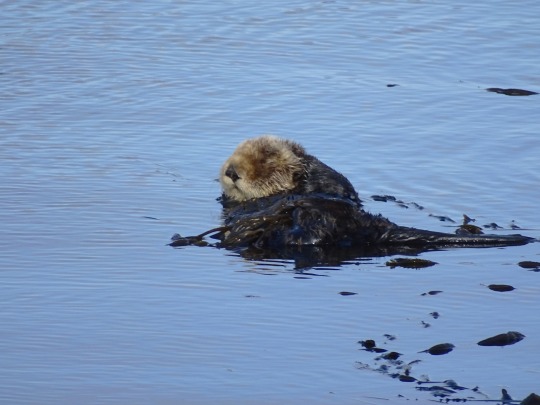
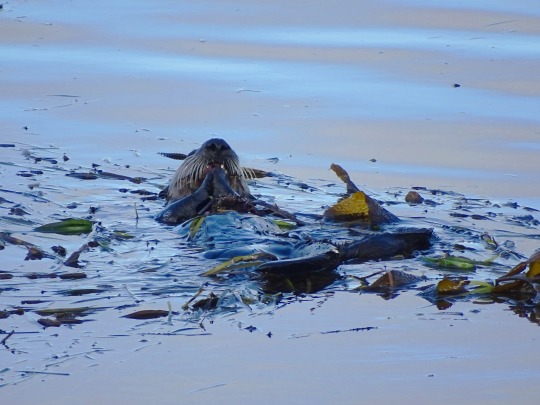
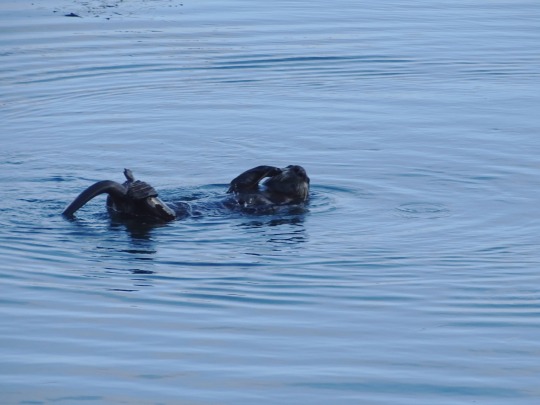
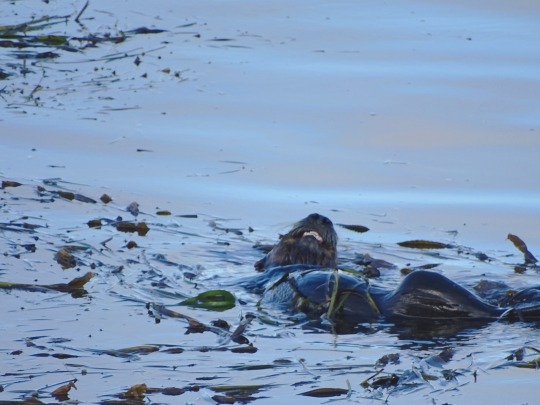
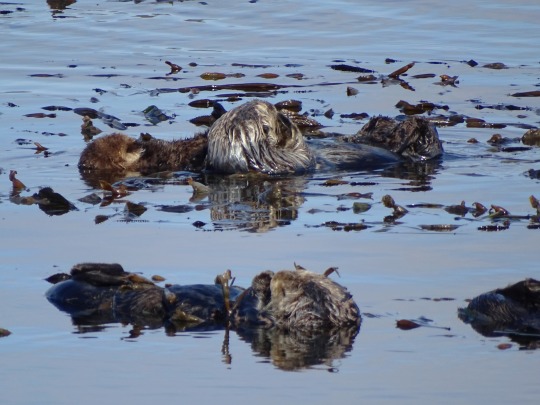
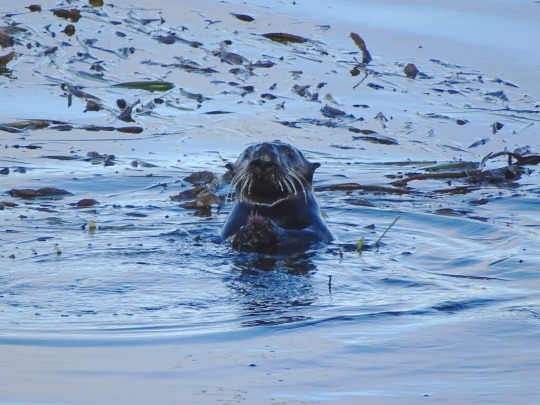
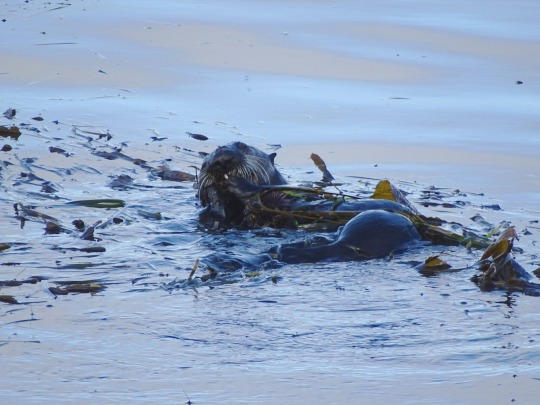
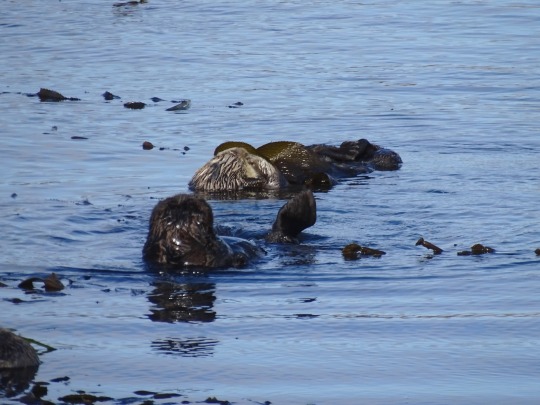
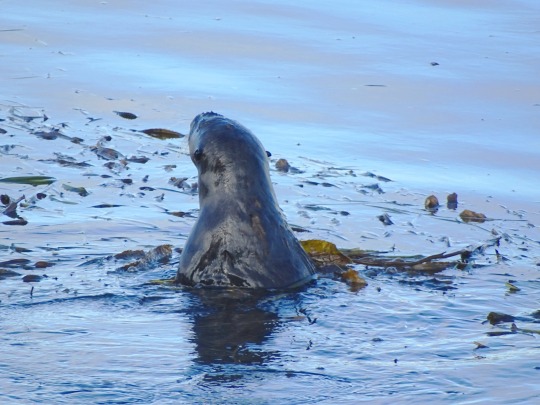
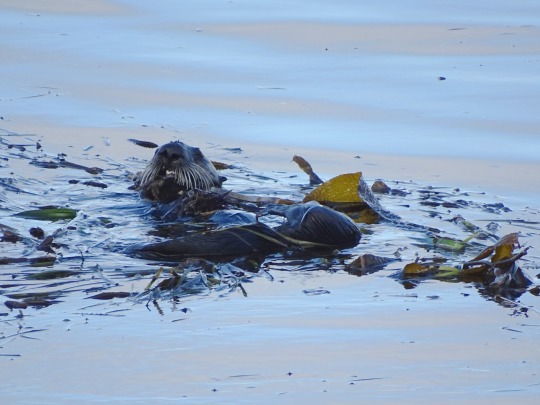
Sea Otter Heaven, Morro Bay (No. 6)
Although the southern sea otter's range has continuously expanded from the remnant population of about 50 individuals in Big Sur since protection in 1911, from 2007 to 2010, the otter population and its range contracted and since 2010 has made little progress. As of spring 2010, the northern boundary had moved from about Tunitas Creek to a point 2 kilometres (1.2 mi) southeast of Pigeon Point, and the southern boundary has moved along the Gaviota Coast from approximately Coal Oil Point to Gaviota State Park. A toxin called microcystin, produced by a type of cyanobacteria (Microcystis), seems to be concentrated in the shellfish the otters eat, poisoning them. Cyanobacteria are found in stagnant water enriched with nitrogen and phosphorus from septic tank and agricultural fertilizer runoff, and may be flushed into the ocean when streamflows are high in the rainy season. A record number of sea otter carcasses were found on California's coastline in 2010, with increased shark attacks an increasing component of the mortality. Great white sharks do not consume relatively fat-poor sea otters but shark-bitten carcasses have increased from 8% in the 1980s to 15% in the 1990s and to 30% in 2010 and 2011.
Source: Wikipedia
#Sea Otter Heaven#California sea otter#Enhydra lutris#Morro Bay#hotel#travel#original photography#vacation#tourist attraction#USA#summer 2022#Califorina#West Coast#San Luis Obispo County#wildlife#animal#seaweed#Morro Rock Ecological Preserve#Pacific Ocean#beach#cityscape#landscape#seascape#kelp#fauna#landmark#marine mammal
10 notes
·
View notes
Text







christmas creatures :33
#pine marten#martes martes#sea otter#enhydra lutris#plushies#mustelids#pine marten is called tizzy#and the otter is wiki (named after one of my friends)#tizzy is my son and i love them so much
2 notes
·
View notes
Text

Sea Otter with a pup
3 notes
·
View notes
Text
DITL of a 🦦 volunteer part 2
Wondering why Jay looks like he's ready to join the Empire? 👀 It’s not just for fun—he’s disguised so the otters in our rescue and rehabilitation program don’t get too comfy around humans! After all, they’re heading back to the ocean.
With feeding, grooming, and, yep, even laundry duty, our volunteers do it all to help these otters stay wild and healthy.The Aquarium’s Sea Otter Program has played an important role in the continued recovery of the southern sea otter population, Enhydra lutris nereis, once believed to be on the brink of extinction.
Learn more about our sea otter program!
#monterey bay aquarium#sea otter awareness week#conservation in action#the good side is the otter side#otters are the chosen ones#thank you james earl jones
736 notes
·
View notes
Text


#endangered species#north pacific ocean#sea otter#endangered animal#endangered animals#marine mammals#mammalia#mammal#mammals#carnivora#mustelidae#lutrinae#otters#mustelids#animal polls#poll blog#my polls#animals#polls#tumblr polls
91 notes
·
View notes
Text

A sea otter (Enhydra lutris) in Monterey Bay National Marine Sanctuary, California
by NOAA/Steve Lonhart
#sea otter#otters#mustelids#enhydra lutris#enhydra#lutrinae#mustelidae#carnivora#mammalia#chordata#wildlife: california#wildlife: usa#wildlife: north america
79 notes
·
View notes
Text
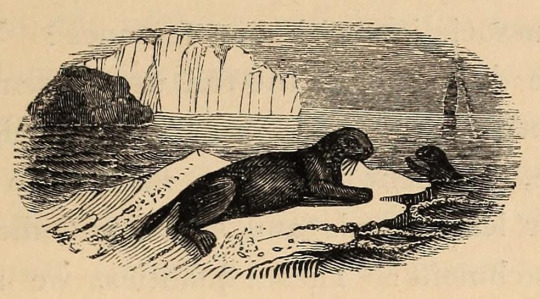
Sea otter (Enhydra lutris)
A Natural History of British and Foreign Quadrupeds. Written by James H. Fennell. 1843.
Internet Archive
133 notes
·
View notes
Text
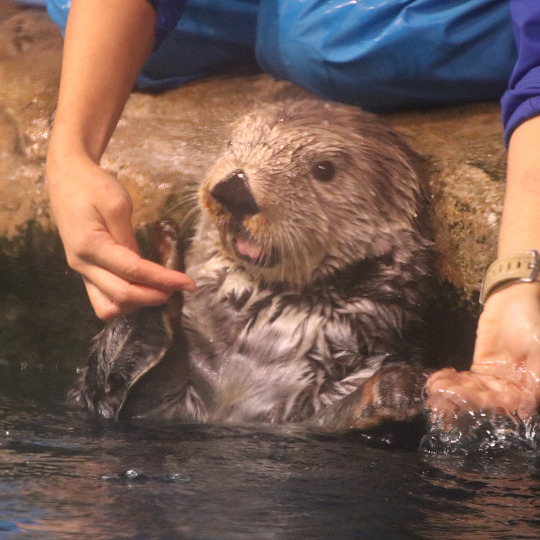
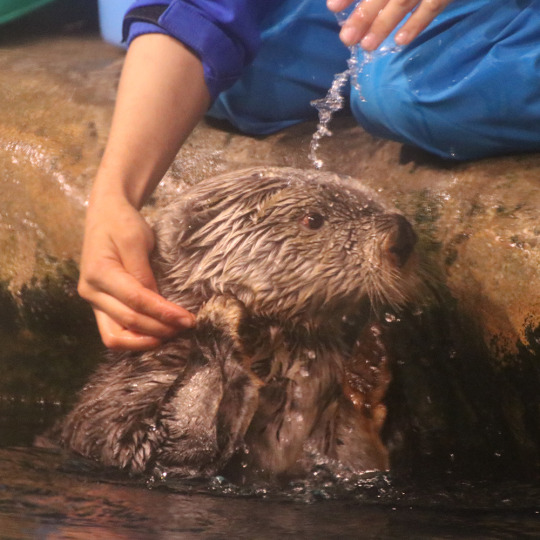
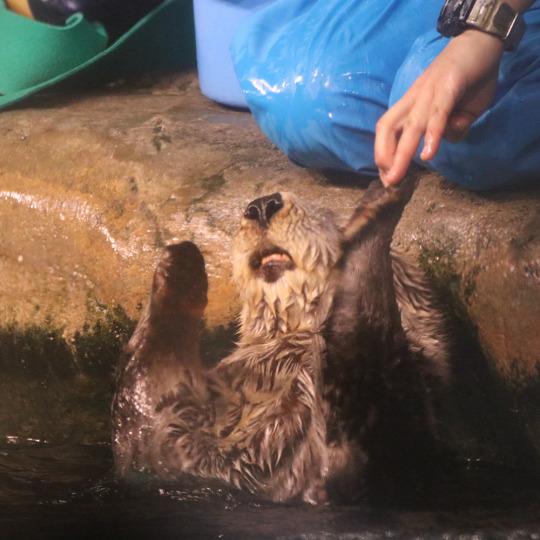
ラッコの撥水効果がすごいという話で、頭から水をぶっかけられまくっていたリロくん
Lilo the sea otter gets sprayed with water from the head during a demonstration of the otters' amazing water repellency.


8月に鳥羽水にいったので今年は全部のラッコに会えた
なんと贅沢な
I went to Toba Aquarium in August, so I got to see all the otters in Japan this year!
What a luxury!
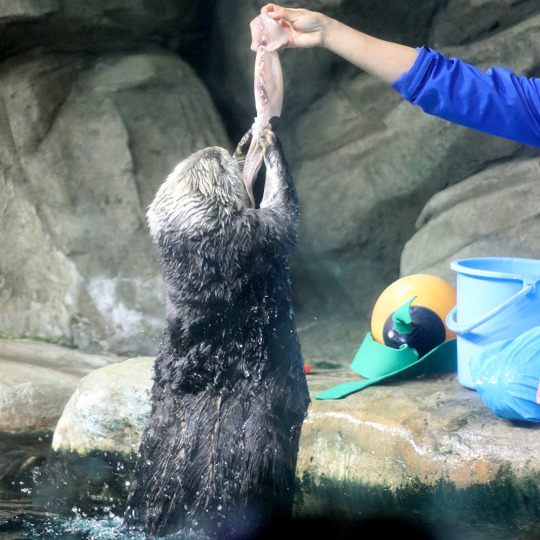
最後は大ジャンプしてイカをもらっていた
@マリンワールド海の中道
At the end, he made a big jump and got a squid.
@Marine World Umino-Nakamichi
37 notes
·
View notes
Text

Sea Otter | Christopher Ciccone
10 notes
·
View notes
Text
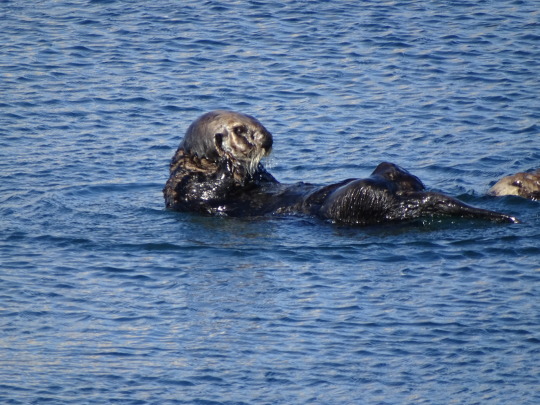
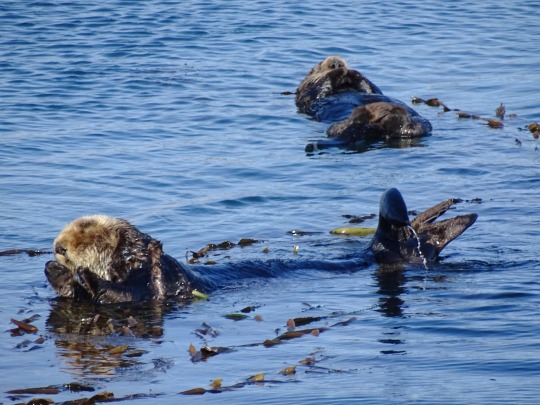
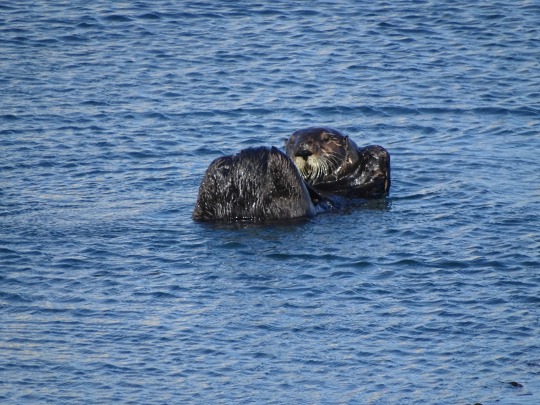
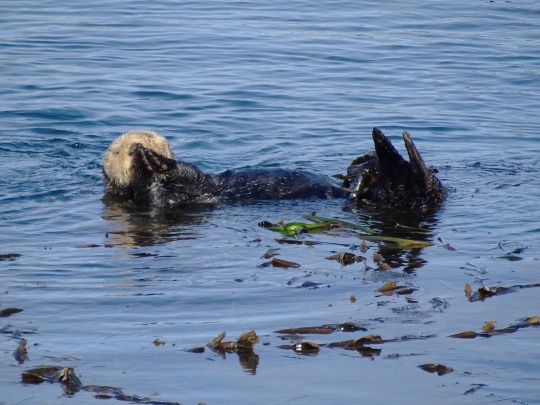
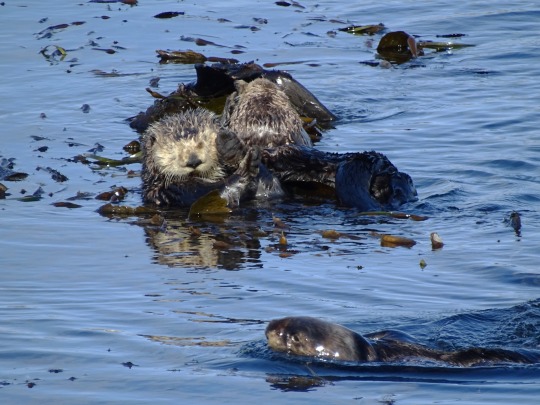

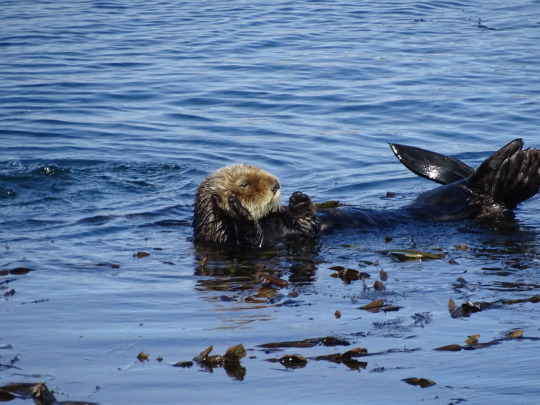
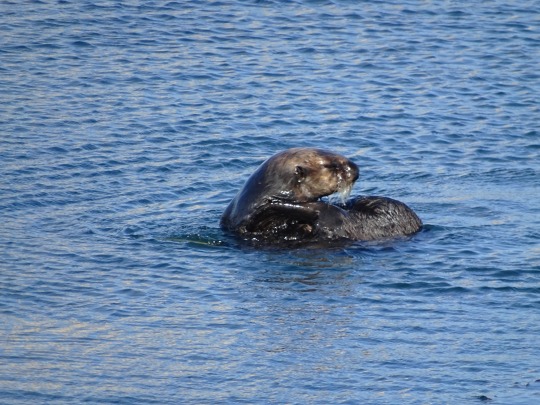
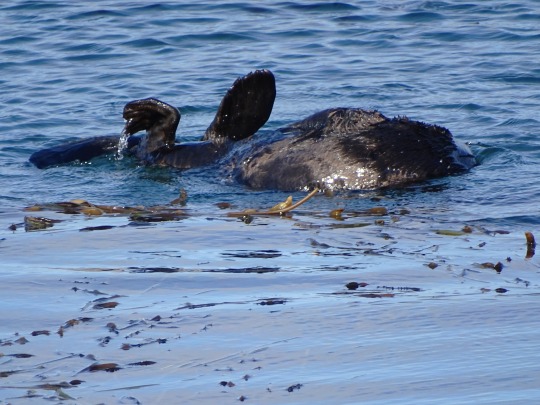
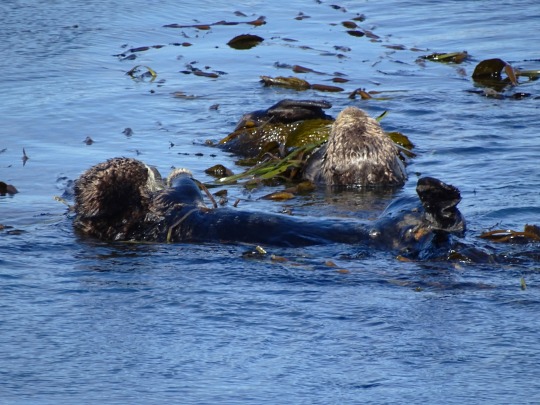

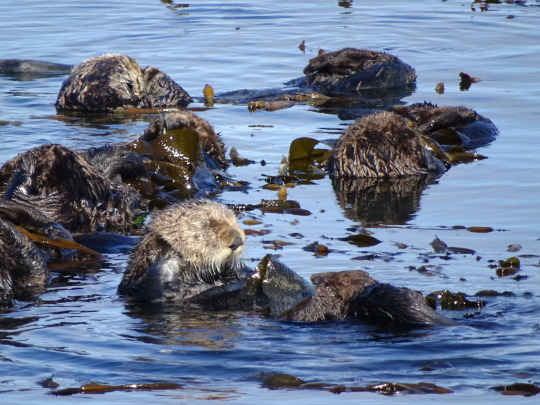
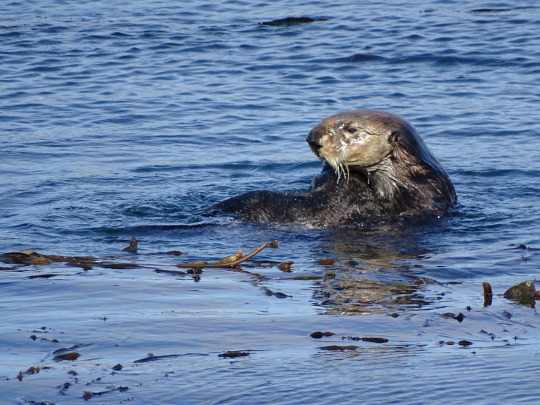
Sea Otter Heaven, Morro Bay (No. 4)
The historic population of California sea otters was estimated at 16,000 before the fur trade decimated the population, leading to their assumed extinction. Today's population of California sea otters are the descendants of a single colony of about 50 sea otters located near Bixby Creek Bridge in March 1938 by Howard G. Sharpe, owner of the nearby Rainbow Lodge on Bixby Bridge in Big Sur. Their principal range has gradually expanded and extends from Pigeon Point in San Mateo County to Santa Barbara County.
Sea otters were once numerous in San Francisco Bay. Historical records revealed the Russian-American Company snuck Aleuts into San Francisco Bay multiple times, despite the Spanish capturing or shooting them while hunting sea otters in the estuaries of San Jose, San Mateo, San Bruno and around Angel Island. The founder of Fort Ross, Ivan Kuskov, finding otters scarce on his second voyage to Bodega Bay in 1812, sent a party of Aleuts to San Francisco Bay, where they met another Russian party and an American party, and caught 1,160 sea otters in three months. By 1817, sea otters in the area were practically eliminated and the Russians sought permission from the Spanish and the Mexican governments to hunt further and further south of San Francisco. In 1833, fur trappers George Nidever and George Yount canoed "along the Petaluma side of [the] Bay, and then proceeded to the San Joaquin River", returning with sea otter, beaver, and river otter pelts. Remnant sea otter populations may have survived in the bay until 1840, when the Rancho Punta de Quentin was granted to Captain John B. R. Cooper, a sea captain from Boston, by Mexican Governor Juan Bautista Alvarado along with a license to hunt sea otters, reportedly then prevalent at the mouth of Corte Madera Creek.
Source: Wikipedia
#Sea Otter Heaven#California sea otter#Enhydra lutris#Morro Bay#hotel#travel#original photography#vacation#tourist attraction#USA#summer 2022#Califorina#West Coast#San Luis Obispo County#wildlife#animal#seaweed#Morro Rock Ecological Preserve#Pacific Ocean#beach#cityscape#landscape#seascape#kelp#fauna#landmark#marine mammal
2 notes
·
View notes